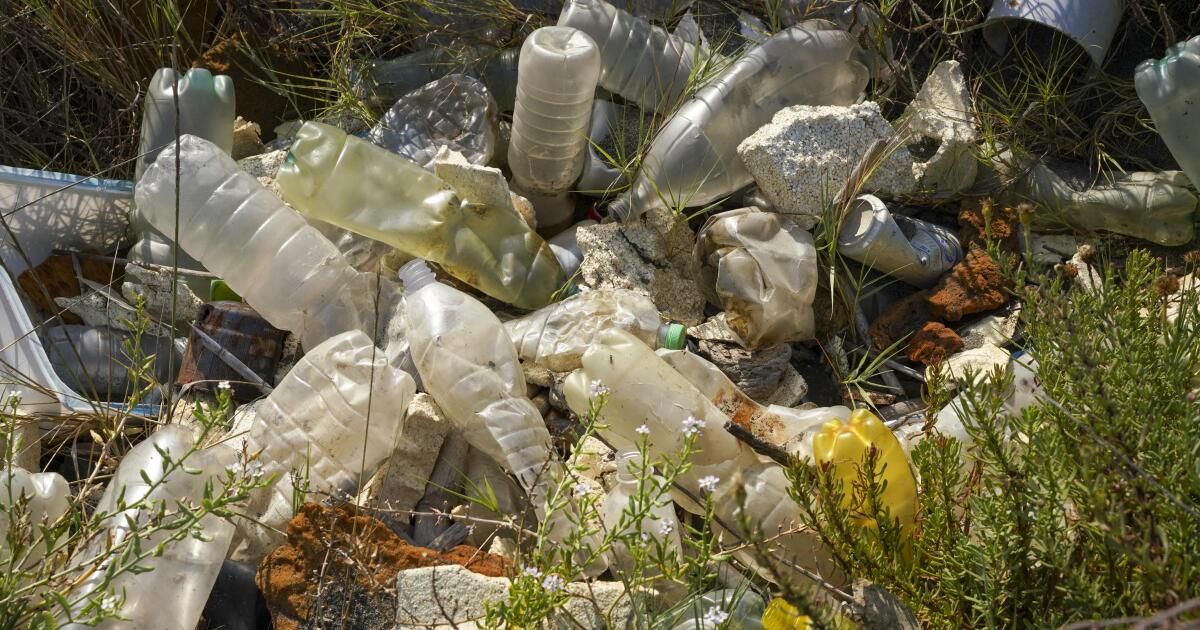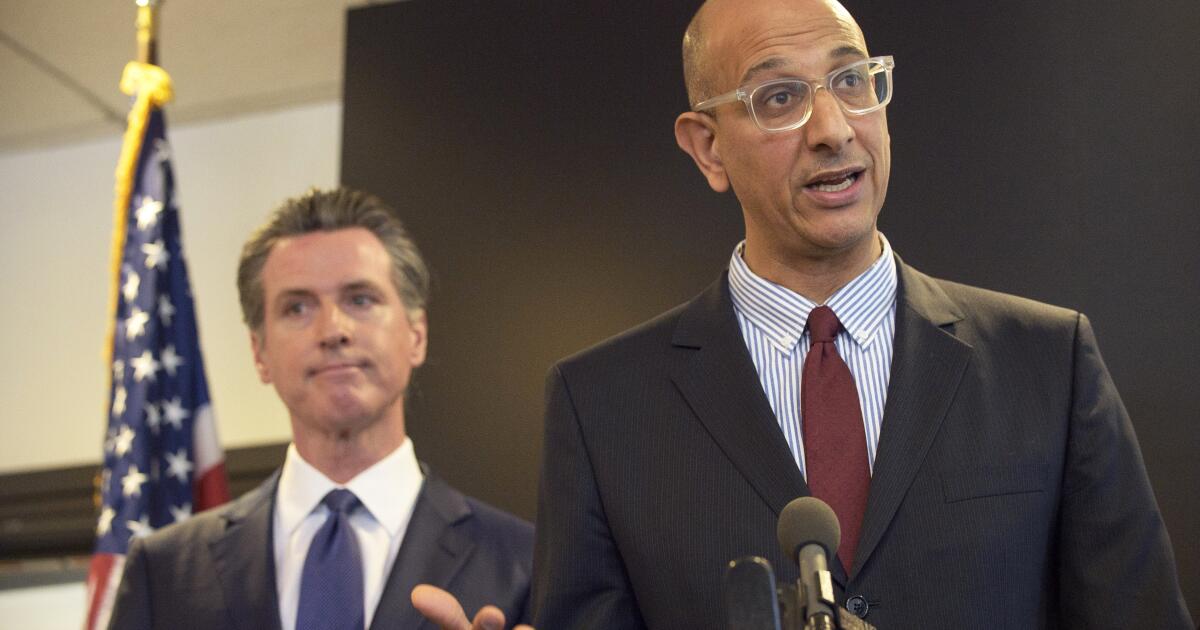Despite the planet’s growing plastic pollution crisis, petroleum-derived polymers have become an integral part of modern life. They make cars and planes lighter and more energy efficient. They are a fundamental material in modern medicine, helping to keep equipment sterile, deliver drugs, and build prosthetics, among many other things. And they are a critical component of the wiring and hardware that underpin our technology-driven civilization.
The problem is that when they are no longer useful, they become waste and end up polluting our oceans, rivers, soils and bodies.
But new research from a team of chemists at the University of California, Berkeley, suggests a ray of hope when it comes to the thorny problem of plastics recycling, potentially allowing us to have everything we have and, potentially, take a very small portion, too.
Aggressive and shocking reports on climate change, the environment, health and science.
The group has devised a catalytic recycling process that breaks the chains of some of the most widely used plastics (polyethylene and polypropylene) so that the basic components of these plastics can be reused, in some cases with an efficiency of over 90%.
The catalysts needed for the reaction — sodium or tungsten — are readily available and inexpensive, they say, and early tests show the process can likely be scaled up to industrial level. It uses no water and requires less energy than other recycling methods, and is even more efficient than making new, or so-called virgin, plastics, the researchers say.
“So by making one or two products at very high yield and at much lower temperatures, we do use some energy, but significantly less than any other process that breaks down polyolefins or taps into petroleum resources and converts them into monomers for polyolefins in the first place,” said John Hartwig, a UC Berkeley chemist who co-authored the study recently published in the journal Science.
Polyolefins are a family of thermoplastics that includes polyethylene (the stuff used to make single-use and “reusable” plastic bags) and polypropylene (the ubiquitous plastic used to hold our yogurts and to make microwave-safe plates and car bumpers). Polyolefins are made by combining small chain links, or monomers, of ethylene or propylene, typically derived from petroleum and natural gas.
Polyethylene and polypropylene account for the majority (57%) of all polymeric resins produced, the study authors noted. They have proven to be a plague on the environment and have been found in the form of microplastics in drinking water, beer and all organs of the human body, as well as in blood, semen and breast milk.
Hartwig and RJ Conk, a graduate student who led the research, said they had not yet heard back from the plastics, recycling or waste industries. They said they had been keeping their technology secret until publishing their paper and obtaining a patent on the process.
A spokeswoman for the Plastics Industry Association declined to comment or provide an expert to review the document.
Hartwig said the work has some caveats. For example, the plastic must be sorted before the process can be applied. If the products are contaminated with other plastics, such as PVC or polystyrene, the result is not good.
“We have no way to bring them [plastics] “PVC becomes monomer and also poisons our catalyst,” Hartwig said. “So for us, and basically everyone else, PVC is bad. You can’t chemically recycle it.”
Other contaminants (food residue, dyes, adhesives, etc.) could also cause problems, but researchers are still in the early stages of the process.
But plastic bags, like those used to store produce at supermarkets, are promising because they are relatively clean and “nobody knows what to do with them.” He said plastic bags are problematic for material recovery facilities, where they are known to clog machinery.
“There are places that collect these bags. I don't know what they do with them. Nobody wants them,” he said.
But others are less optimistic.
Neil Tangri, director of science and policy at GAIA (an international environmental organisation), said that while he was not a chemist or chemical engineer and therefore could not comment on the methods, he noted that there were broader “real world” issues that could prevent such technology from taking off.
“Plastic recycling is not something we do well… we only get about 5% or 6% a year. So there’s a search for new technologies that do it better than that,” he said. “My basic caveat is that going from small batch analysis in the lab to operating at scale with real-world conditions… is a huge leap. So it’s not like we’re going to see this move to commercial production in the next year or two.”
He noted that while the reaction temperature mentioned was lower than that used in pyrolysis (burning plastic for fuel) or cracking (when plastics are made from virgin material), it still requires a lot of energy and therefore potentially creates a fairly sizable carbon footprint. Plus, he said, 608 degrees (the reaction temperature mentioned) is the temperature “at which dioxins like to form. So that could be a challenge.” Dioxins are highly toxic byproducts of some industrial processes.
But, Tangri said, even if all those problems could be solved, as well as the sorting and contamination issues Hartwig cited, “it's so cheap to make virgin plastic that the collection, the sorting, the cleaning — you were talking about — all those steps, the energy use, you just can't sell it.” [recycled material] “At a price that justifies all that… And that's not really the fault of the technical approach. It's the realities of the plastics economy these days.”
That's a point echoed by Lee Bell, technical and policy adviser at IPEN, a global environmental advocacy group.
“What looks promising in the lab rarely translates into commercial-scale success and high yields from mixed plastic waste,” he said. “Not only do they have to deal with the diabolical problem of inevitable plastic pollution, but they also have to deal with the problem of the plastic pollution that is so common in the lab.” [because chemical additives are in all plastic] but it also competes with cheap virgin plastic on the market.
“My view is that this is another laboratory experiment on plastic waste that will ultimately be thwarted by mixed plastic waste pollution and commercial realities,” he said.
Fact Sheet
Towards a more sustainable California
Receive Boiling Point, our newsletter exploring climate change, energy and the environment, and be part of the conversation – and the solution.
You may occasionally receive promotional content from the Los Angeles Times.












